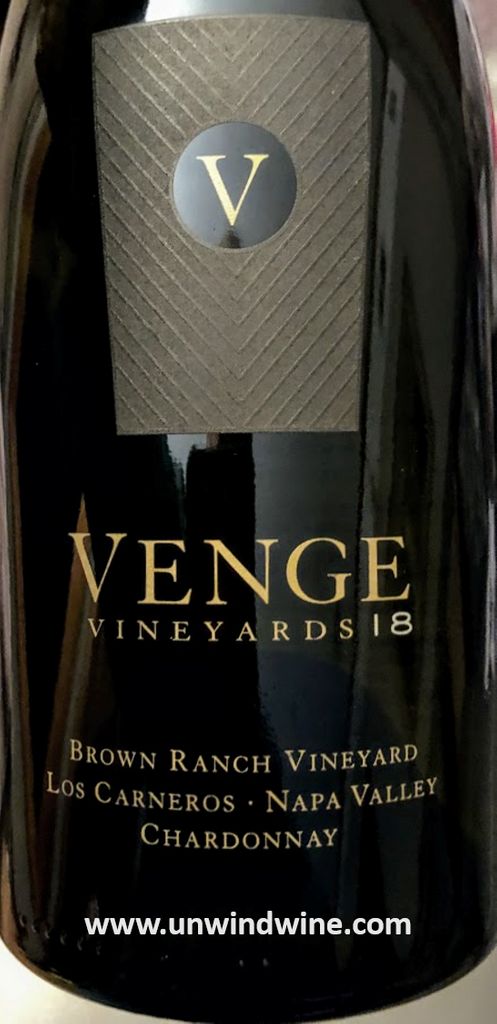Henderson Beachwalk Cafe Dinner with a view
The cuisine is crafted by executive chef, Destin native Daniel Peters. Daniel first worked a professional kitchen at the age of 26, gaining his first taste of fine food and wine knowledge at Chan’s Wine World.
In 2011, he moved to Napa Valley to further his culinary skills and experience. There he studied under a number of world-renowned award-winning chefs, including Douglas Keane, Sang Yoon, Jake Rand and Stephan Barber. He returned home to apply what he learned to elevation Destin’s food culture, with his Gulf-to-table concept at Beach Walk.
We wrote about Beach Walk Café in these pages last summer. Last time we dined here, the limited but carefully selected wine list offered several favorite producers and selections such as Nils Venge Saddleback, Chardonnay and Cabernet, no less than five of our selection choices were not available.
So, tonight we brought from our home cellar BYOB our own Venge Vineyards label, their limited release special single vineyard designated Chardonnay.
Snapper with Corn Truffle Risotto, Madeira Mushrooms, Matchstick Truffle Fries, Citrus Beurre Blanc
Sesame Crusted Ahi Tuna Steak with Fingerling Potatoes, Sautéed Spinach, Ponzu Sauce
Grouper Vince with Pecan Crusted, Crispy Potato Cake, Haricot Verts, Honey Worcestershire Sauce
I featured this label in detail in these pages last spring. This has proven to be one of our favorite and best tasting go-to Chardonnays. At the time I wrote, “I think this bottle is perhaps the best tasting one in our cellar right now, irregardless of the price point”.
 Venge Vineyards Brown Ranch Vineyard Los Carneros Napa Valley Chardonnay 2018
Venge Vineyards Brown Ranch Vineyard Los Carneros Napa Valley Chardonnay 2018 As featured, excerpted from earlier blogpost. This is a single vineyard designated label sourced from the 30 acre Brown Ranch Vineyard in Carneros, named for the previous cattle rancher owner Nadine Brown. The vineyard is bordered by HdV’s Hyde Vineyard and Beaulieu’s Vineyard No.9 on Old Sonoma Road in the Carneros district, straddling the rolling hills in the southernmost parts of both Sonoma and Napa counties. The cooling winds from the nearby San Pablo Bay, combined with the abundant midday California sunshine, create an ideal environment for producing elegant wines that combine power and finesse, with a perfect balance of crisp acidity and well-ripened fruit.
The property, formerly associated with Saintsbury Winery, was purchased in 2012 by the Renterias.
The property was planted with twenty nine acres of Pinot Noir and Chardonnay but most of the vines were afflicted with Eutypa, a fungi disease also known as the Dead-arm Dieback, which causes trunks or arms of the vines to essentially rot and die. Like the famous Dead-Arm Shiraz label from McLaren Vale, Australia, rather than pulling the vines out, the vineyard managers kept the rootstock, cut off the trunk just above the soil and nurtured a bud to grow into a new trunk. Like the Dead-Arm label, focusing all the mature rootstock energy into one vine branch resulted in rich, full, concentrated fruits.
The Brown Ranch’s hillside alluvial soils, with Dijon Clone 76 set into the pre-existing rootstock, produces this rich full round Chardonnay, worthy of the iconic Venge name.Winemaker's notes: The Dijon Clones are modern strains of Chardonnay carefully isolated from grapevine nursery blocks in France. These strains are selected for their incredible ability to produce the best of what the varietal has to offer and therefore have become quite popular with cool climate growers today. The cool and often foggy climate of the Brown Ranch Vineyard, located in central Carneros, Napa, allows for a slow growing season and optimal ripening. This climate aids in the balancing of acidity and lifting tropical aromas in the fruit and thus, in the finished wine. The vines were carefully hand harvested and delivered cool to the winery.
The grapes are blended into used French Oak barrels according to a Burgundian style of winemaking, light handed on the usage of new French Oak keeping it to an average of 45%.
495 Cases were Produced
This release was rated 93 points by Wine Enthusiast and Jeb Dunnuck and 92 points by Robert Parker's Wine Advocate.
https://twitter.com/VengeVineyards












































